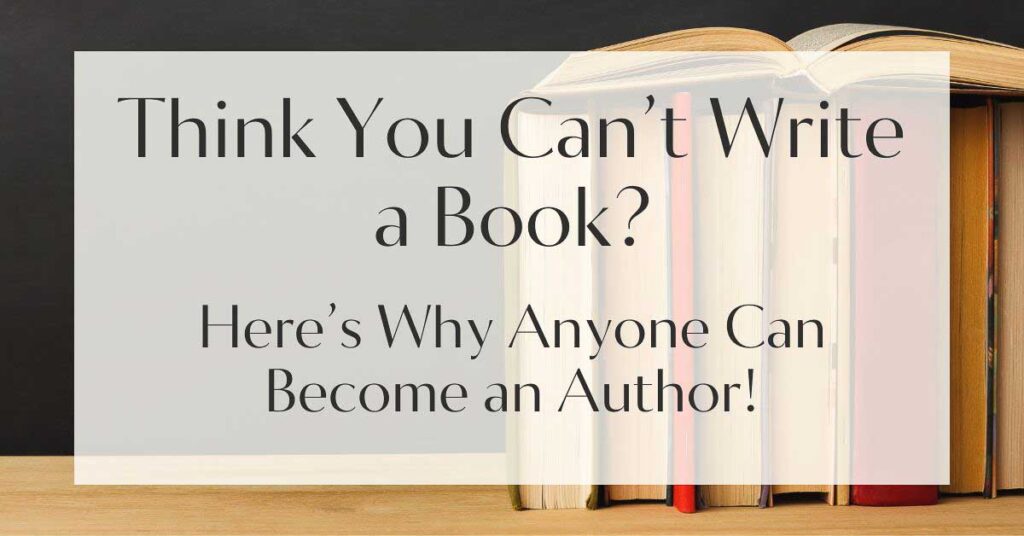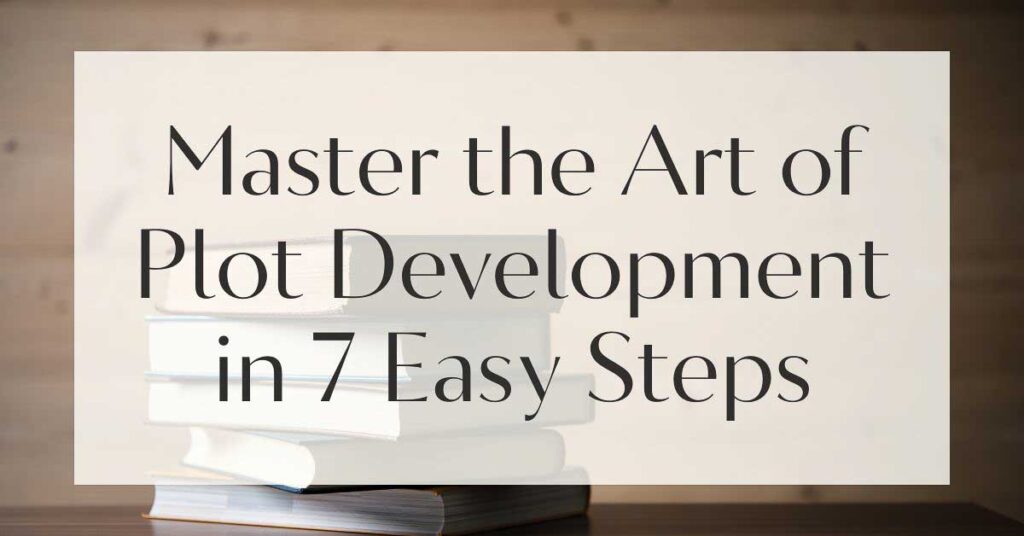Have you ever been so engrossed in a book that you forgot the world around you? Chances are, the improving dialogue played a significant role in that immersive experience.
Dialogue is not just about characters talking; it’s the lifeblood of storytelling, breathing life into characters and driving the plot forward.
In this post, we’ll unravel the art of crafting compelling dialogue by focusing on one transformative tip. Prepare to discover how a subtle shift in your writing approach can elevate your storytelling and captivate your readers.
Why Dialogue Matters in Storytelling
Dialogue is the bridge that connects readers to the world within a story. It offers a glimpse into the characters’ minds, revealing their desires, fears, and motivations.
It’s through dialogue writing tips that characters become relatable, their voices distinct, and their interactions meaningful. In essence, dialogue is the heartbeat of any narrative, setting the rhythm and tone for the unfolding drama.
The Role of Dialogue in Character Development
Imagine a world where characters speak in monotone or share the same voice—it’s akin to watching a black-and-white film without sound. Dialogue serves as a window into a character’s soul, offering insights that actions alone might not convey.
Through carefully crafted exchanges, writers can unveil layers of personality, allowing readers to form connections and understand motivations. Consider the iconic exchange between Elizabeth Bennet and Mr. Darcy in “Pride and Prejudice”; their verbal sparring reveals more about their characters than pages of description ever could.
To enhance character development through dialogue, focus on creating distinct voices for each character. Consider their background, education, and personality traits when shaping their speech patterns.
A well-crafted dialogue should reflect a character’s unique perspective and experiences. This attention to detail helps readers identify and empathize with characters on a deeper level.
Creating Realistic Conversations
Realistic dialogue mirrors the ebb and flow of actual conversations, complete with interruptions, pauses, and unspoken thoughts. It’s not about replicating mundane chit-chat but capturing the essence of human interaction.
Effective dialogue should feel natural, with characters responding to each other rather than delivering scripted lines. By embracing the nuances of real speech, writers can create exchanges that resonate with authenticity and keep readers engaged.
In the quest for enhancing character conversations, consider how people talk in real life. Pay attention to the rhythm, pacing, and subtext in everyday interactions.
This awareness will enable you to infuse your dialogue with realism and vibrancy, transforming static exchanges into dynamic scenes.

The One Tip That Will Transform Your Dialogue
If there’s one secret to writing compelling dialogue, it’s understanding and utilizing subtext. Subtext is the underlying meaning beneath the spoken words, the unspoken truths that linger between the lines.
It’s the tension in a seemingly polite exchange or the affection hidden within playful banter. Mastering subtext allows writers to add depth and intrigue to their dialogue, inviting readers to read between the lines and uncover hidden layers.
Understanding Subtext in Dialogue
Subtext breathes life into dialogue by adding complexity and richness. It transforms a straightforward conversation into a multi-layered exchange, where what is left unsaid speaks volumes.
Consider a scene where two characters discuss the weather, but the subtext reveals their unresolved tension. The words themselves might be mundane, but the emotions simmering beneath create a palpable undercurrent that draws readers in.
To weave subtext into your dialogue, start by identifying your characters’ underlying emotions and motivations. Think about what they want to convey without explicitly stating it.
Use body language, tone, and context to hint at the unspoken messages. This approach adds depth to your scenes, encouraging readers to engage more deeply with your story.
No marketing platform? No social following? No problem!
Publisher Rocket helps you market your debut novel like a pro.
It’s a gamechanger for debut authors – try it today!


Examples of Effective Subtext in Literature
Subtext is a powerful tool wielded by many literary greats. Take Hemingway’s “Hills Like White Elephants,” where the dialogue revolves around a seemingly trivial topic.
However, the subtext reveals a profound and emotionally charged conversation about an impending decision. The beauty of subtext lies in its ability to evoke emotions and provoke thought, leaving readers pondering long after they’ve turned the page.
Another example can be found in Arthur Miller’s “The Crucible,” where subtext drives the tension and conflict. The characters’ words often carry hidden meanings, reflecting the paranoia and fear of the era.
This technique immerses readers in the story’s atmosphere, allowing them to feel the weight of the characters’ struggles.
Practical Steps to Enhance Your Dialogue Writing
Improving dialogue is not merely about what is said, but how it’s said. Crafting dialogue that resonates requires attention to detail and a keen ear for authenticity. Here are practical steps to take your dialogue from ordinary to extraordinary.

Crafting Unique Character Voices
One of the hallmarks of effective dialogue is the distinctiveness of each character’s voice. Imagine a play where every actor speaks with the same intonation—monotonous and dull.
Consider each character’s background, personality, and experiences to avoid this pitfall when crafting their dialogue. A character’s voice should reflect who they are, from their choice of words to their speech patterns.
This voice diversity adds color and depth to your narrative, making each character memorable and unique.
When developing unique character voices, create a character profile that includes their upbringing, education, and personality traits. Use this information to shape their speech patterns and vocabulary.
Avoid overusing accents or dialects, which can become distracting. Instead, focus on subtle differences in word choice and sentence structure to convey individuality.
Using Humor and Wit to Engage Readers
Humor is a universal language that can bridge gaps and build connections. Injecting humor into your dialogue not only entertains readers but also adds a layer of realism to character interactions.
Whether it’s a clever retort, a playful exchange, or a moment of levity in a tense scene, humor can enhance the overall reading experience. However, it’s important to ensure that the humor aligns with the characters and context, maintaining authenticity while providing amusement.
Consider the works of Jane Austen, where wit and humor are woven seamlessly into character interactions. Her characters engage in verbal sparring, revealing their intelligence and personalities while delighting readers. Humor, when used effectively, can make dialogue memorable and endearing, leaving a lasting impression.
Feeling lost with your debut novel?
Fiverr Pro connects you with expert editors, designers, and marketers – everything you need to get your book ready for success!

Common Pitfalls to Avoid in Dialogue Writing
While dialogue can elevate a story, certain pitfalls can hinder its effectiveness. Being aware of these common mistakes will help you steer clear of them and maintain the integrity of your narrative.
Overusing Exposition in Conversations
Exposition is essential for conveying information, but relying too heavily on it in dialogue can bog down the narrative. Characters should not sound like walking encyclopedias, dumping information at every opportunity.
Instead, aim for a balance where exposition is integrated naturally into the conversation. Allow characters to reveal information through actions, thoughts, and interactions, keeping the dialogue engaging and dynamic.
Consider the difference between a character explaining their backstory outright versus hinting at it through subtle references. The latter approach creates intrigue and encourages readers to piece together the puzzle, fostering a more interactive reading experience.

Avoiding Stereotypes and Clichés
Stereotypes and clichés can undermine the authenticity of your dialogue, reducing characters to one-dimensional caricatures. Strive to create nuanced characters with unique voices, steering clear of overused tropes.
Challenge yourself to think beyond the obvious and explore fresh perspectives. By avoiding stereotypes, you allow your characters to shine as individuals, contributing to a richer and more engaging narrative.
To avoid clichés in dialogue, brainstorm alternative ways to convey common themes or emotions. Experiment with different scenarios and character dynamics to bring originality to your scenes.
Avoid using stock phrases or predictable responses, opting instead for unexpected twists. This approach keeps your dialogue fresh and engaging, inviting readers to connect with your story on a deeper level.
Inspiration from the Masters of Dialogue
Learning from the masters of dialogue can provide valuable insights and inspiration for your writing journey. These authors have mastered the art of crafting resonating conversations, leaving a lasting impact on readers.
Google Docs is for notes. Scrivener is for novels. Upgrade your writing game and try it for free today!

Quotes from Renowned Writers
Great writers often share their wisdom through their works and interviews, offering guidance to aspiring authors.
For instance, Ernest Hemingway once said, “The most essential gift for a good writer is a built-in, shockproof, shit detector.” His emphasis on honesty and authenticity in writing is a reminder to remain true to your characters and their voices.
Similarly, Elmore Leonard advised, “If it sounds like writing, I rewrite it.” This quote underscores the importance of natural, authentic dialogue that flows effortlessly.
Another gem comes from Toni Morrison, who encouraged writers to “write the book you want to read.” This advice empowers authors to trust their instincts and create dialogue that resonates with their vision and passion.
Analyzing Iconic Dialogue from Films and Books
Iconic dialogue has the power to transcend time and medium, leaving an indelible mark on audiences. Consider the famous line, “Here’s looking at you, kid,” from the film “Casablanca.” This simple phrase, imbued with emotion and history, captures the essence of the characters’ relationship.
Similarly, Harper Lee’s “To Kill a Mockingbird” features dialogue that reveals the moral complexities of its characters, enriching the narrative.
By studying iconic dialogue, writers can glean insights into what makes certain exchanges memorable and impactful. Analyze how these lines are crafted, the emotions they evoke, and the context in which they occur. This practice can inform your own writing, inspiring you to create dialogue that resonates with readers.

Join the Conversation: Share Your Thoughts
Writing is a collaborative journey, and dialogue is no exception. Engaging with fellow writers and sharing experiences can enhance your skills and foster a sense of community.
Engaging with Fellow Writers
Joining writing groups or online forums can provide valuable feedback and support. These platforms offer opportunities to share your work, receive constructive criticism, and learn from others. Engaging with a community of writers allows you to exchange ideas, gain new perspectives, and stay motivated on your writing journey.
When participating in writing communities, be open to feedback and willing to revise your work. Constructive criticism can offer fresh insights and help you refine your dialogue.
Share your own experiences and tips with fellow writers, fostering a supportive and collaborative environment. This exchange of knowledge can lead to personal growth and improved writing skills.
Your Own Dialogue Writing Experiences
Reflecting on your own dialogue writing experiences can provide valuable lessons and inspiration. Consider the challenges you’ve faced and the solutions you’ve discovered.
Sharing these experiences with others can offer encouragement and guidance to fellow writers navigating similar hurdles. Your unique journey can inspire others to persevere and continue honing their craft.
Remember, dialogue is a dynamic and evolving aspect of storytelling. By embracing its nuances and experimenting with new techniques, you can unlock the full potential of your characters’ voices and create narratives that resonate with readers.








